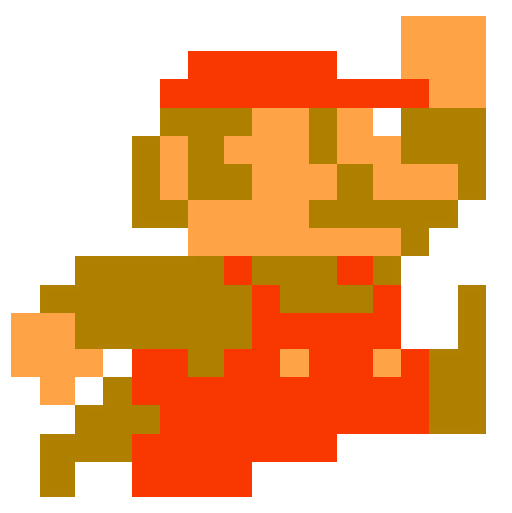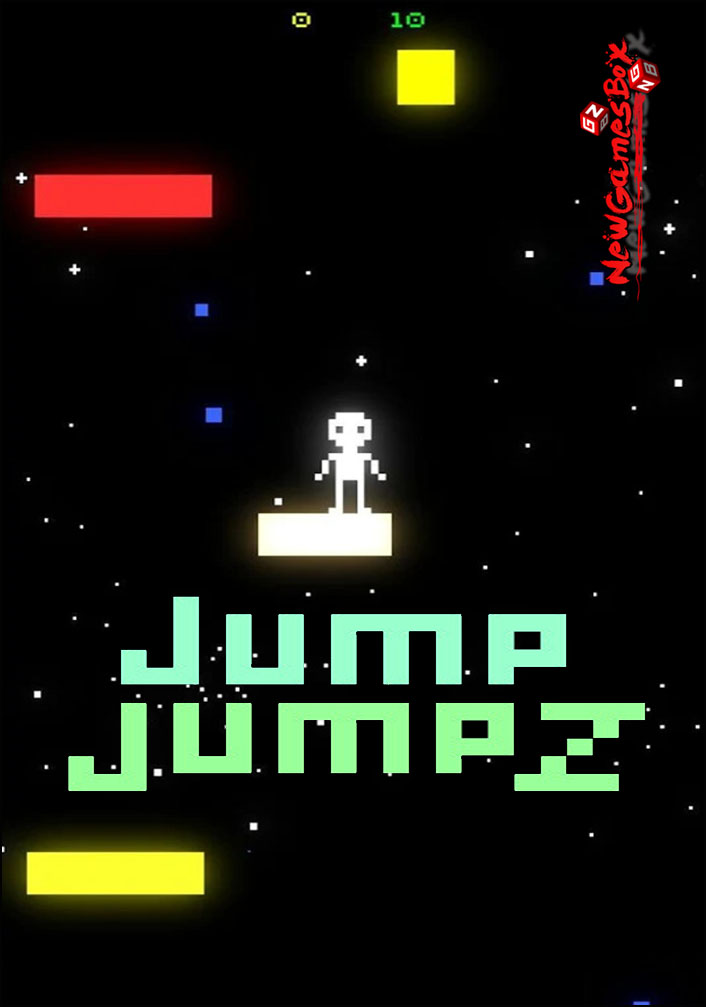

Mastering this mechanic as a player means learning when it’s a useful tool, then refining your timing in each scenario.

Yasuo’s Steel Tempest is one of many interrupts in League of Legends, but its trajectory and cast conditions give it its own mechanical feel. Whether it’s a Rogue’s melee Kick, Soraka’s AoE Equinox, or Yasuo’s launching whirlwind, this mechanic interacts with a ton of different opportunities created by the designers throughout the game. One of my favorite examples of a mechanic is spell interruption, a design tool I used regularly for both World of Warcraft and League of Legends. The ability to stare down the sights of your gun is another example of fluff, unless doing so improves your aim or slows your movement.

Jumping might be the core mechanic in Super Mario games, but in a game where jumping makes little to no difference, it’s fluff. ‘Fluff’ in Disguiseĭon’t get me wrong, there’s a place for fluff (I love an impactful visual effect), but a mechanics designer needs to see through the illusion. I’ll get into the many different kinds of mechanics soon, but in general, a good sign of a strong mechanic is one that interacts with a wide variety of different situations or shapes how you play the entire game. There are parts of the game that have meaningful consequences, and parts that are fluff. In that case, the fire is fluff it has no meaningful effect on gameplay.Īnd it doesn’t matter if you’re designing a roleplaying game (RPG), a first-person shooter (FPS) or an action adventure game. However, in another game, the exact same concept, a flaming arrow, might trigger an amazing VFX of burning grass, but otherwise act just like a normal arrow.
#MAKE THE JUMP VIDEO GAME PATCH#
What can be considered a mechanic in one game and is fluff in another, and the identifier is whether it creates consequence.įor example: If you fire a flaming arrow in one game, and it burns away a patch of vines revealing a path, it’s a mechanic it can meaningfully affect the game world. The definition of video game mechanics is how players and rest of the fundamental interlocking pieces of a game such as rules, challenges, goals, actions, strategies, game states interact with each other in a meaningful way. You can find long, scholarly takes on this question, but I’d rather cut to the chase.

#MAKE THE JUMP VIDEO GAME FOR FREE#
(I made it accessible for free temporarily.) I made it specifically to help those who feel stuck to get hired in the video game industry faster through practical insights, principles, and exercises. And to prepare yourself for making more novel and advanced games, you’ll need a foundational understanding of game mechanics.īy the way, if you’re serious about becoming a game designer, I recommend you to take my latest training. Without it, you’ll be stuck reusing the core mechanics of other games.Īnd while recreating Mario’s jump is a good starting point for beginners, at some point you’ll likely want to create your own core gameplay loop. Whether you want to become a video game designer, developer, or other complimentary roles in the creation of a game and no matter your experience level, a thorough understanding of the nature of game mechanics is essential for crafting rich game experiences. On the other hand, I’ve met junior designers who understand the concepts naturally without knowing the industry terms. I’ve had game directors with 10+ years of experience misuse the term. Game mechanics are at the heart of gameplay design, and yet the concept is widely misinterpreted.


 0 kommentar(er)
0 kommentar(er)
